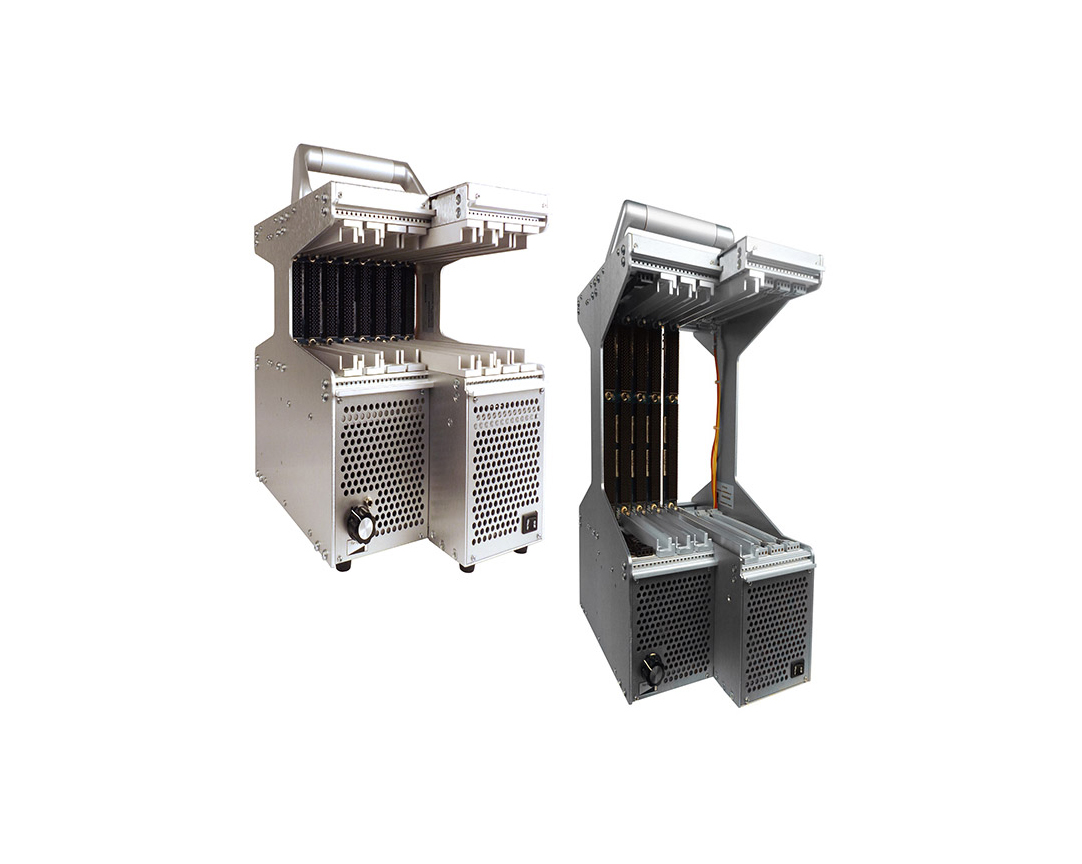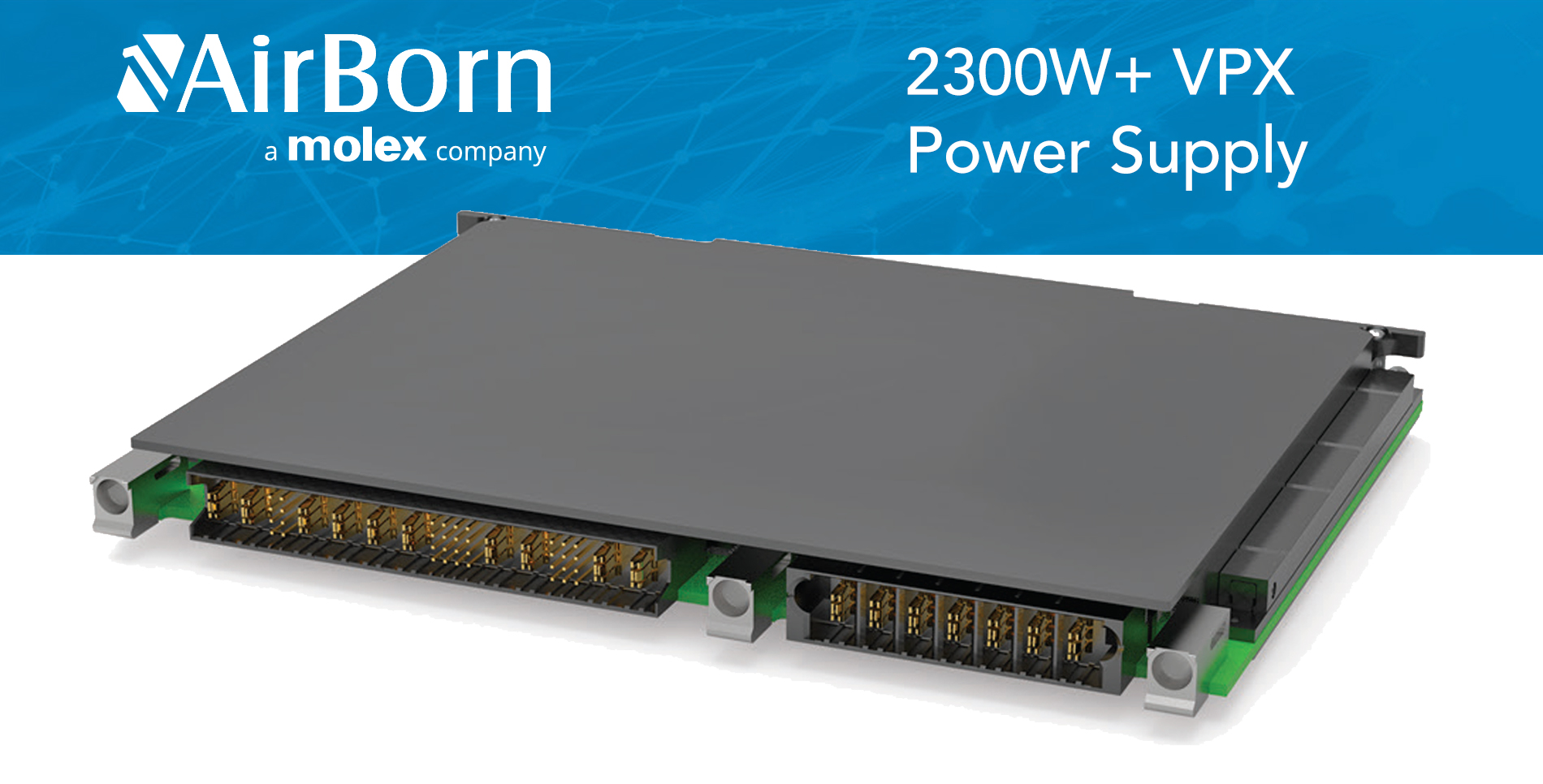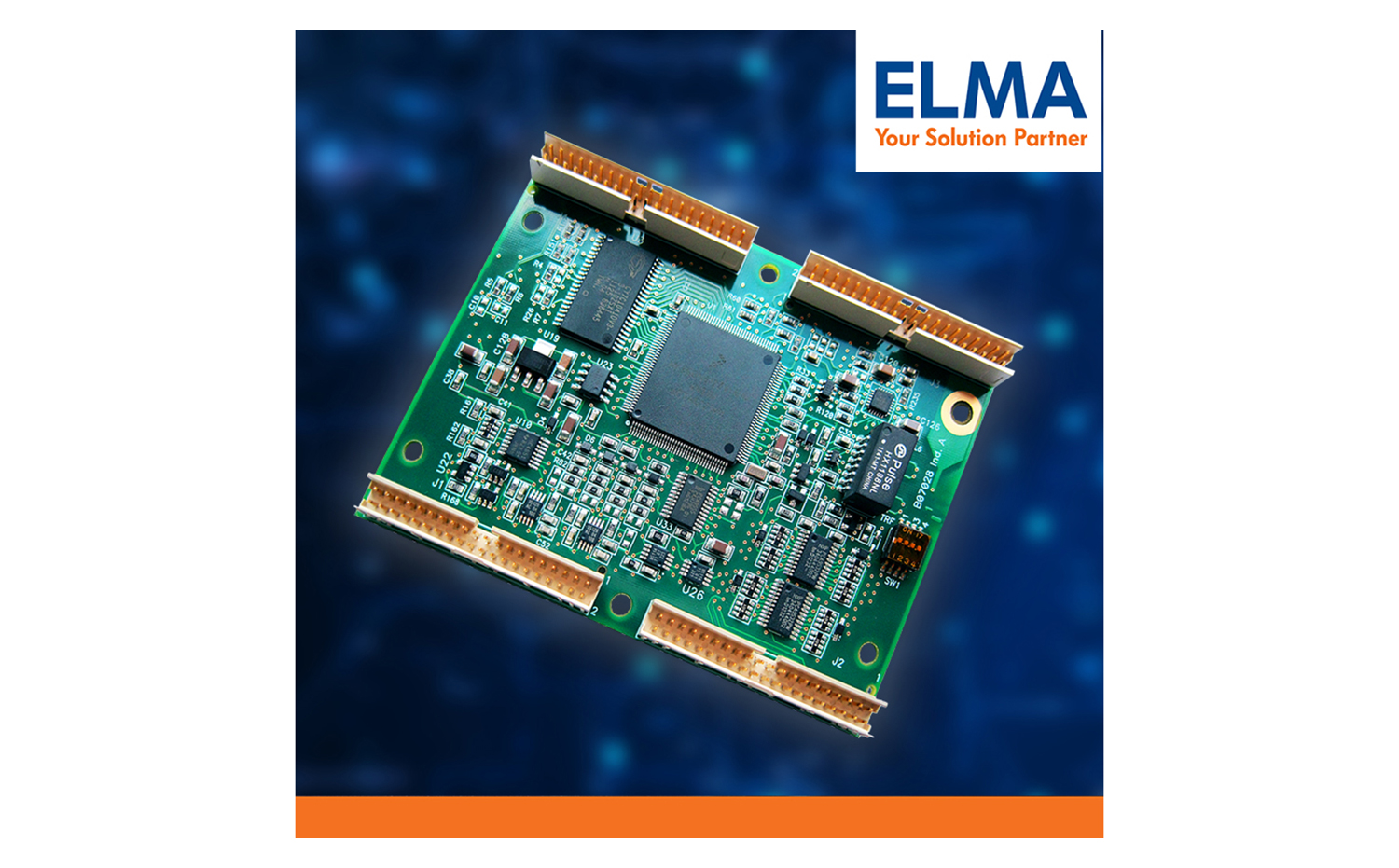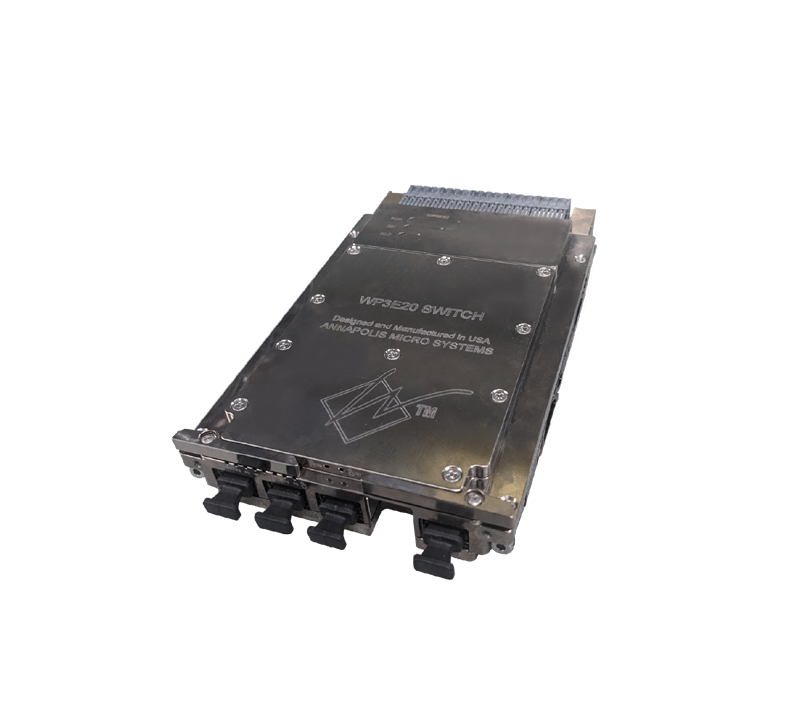Still waters run deep. On the surface, it may appear to the casual observer that there’s not much going on with VME. After all, this “bus” just celebrated its 25th anniversary last year and one might be tempted to adhere to the cliché “everything has already been invented.” Far from it.
What about VXS?
As a dedicated reader of this magazine, you’ve no doubt noticed the plethora of coverage on the two hottest topics to hit VME in maybe a decade: VITA 46/48 (also known as VPX/REDI), and FPGAs/reconfigurable computing. Much has been written about these topics, probably because so many VME COTS vendors are creating products with these technologies. Searching in the VME and Critical Systems products database, there are more than 11 distinct companies and dozens of products listed. And I have press releases from maybe five additional vendors who have yet to start shipping. Similarly, a search on “FPGA” returns an astounding 923 products and dozens of vendors. It’s no wonder VITA 46/48- and FPGA-based topics get all the coverage.
But what about VME Switched Serial; that is, VITA 41 aka VXS? First announced about four years ago by Motorola at the industry insider conference Bus&Board, VXS is intended to be the here-and-now solution that brings contemporary multi-gigabit serial fabrics into legacy VMEbus chassis and systems. VXS products have been available for more than two years, and we’ve got 114 products listed in our online database. But strangely, a recent article published in Military & Aerospace Electronics magazine implied that VXS is old news and is soon to be eclipsed by VPX (VITA 46).
Several notable industry vendors have taken strong issue with this notion. After that article appeared, and according to someone close to VITA, I was told “there are over 50 VXS products on the market from 28 different vendors … a factor of 3x or more over VPX.” These products include backplanes and chassis, DSP engines, FPGAs and receivers, SBCs and carrier boards, tuners, and switch cards. That’s a lot of vendors and a lot of boards all rallying around VXS.
I also hasten to point out that VITA 46 is not backward compatible with legacy VMEbus systems whereas VXS is (with the appropriate backplane1). In defense applications, for example, existing programs will choose VXS as their migration strategy first, while VPX should be relegated only to new designs that need barn-burner performance and more I/O than YouTube has videos of celebrities doing something stupid.
Can’t we all just get along?
In fact, we can and we do. At the May VSO meeting, a representative from PICMG briefed the attendees on the growing cooperation between the two organizations. It should be noted that the popular VITA 31.1 (switched Ethernet on VME) is based upon PICMG specification 2.16, and PICMG’s shelf management Quality of Service (QoS) and High Availability (HA) know-how has in the past been explored by several VITA working groups as a way to migrate VME from “just boards” to mission-critical systems.
Dick Somes, PICMG’s technical officer, reported at VSO that the VITA 56 mezzanine working group (originally proposed by GE Fanuc) leverages PICMG’s Advanced Mezzanine Card (AdvancedMC) spec, and VITA has been granted permission to use PICMG copyrighted material with attribution. In exchange, PICMG has been studying VITA 56 to determine if it’s a solution for a “shorter” version of AdvancedMC.
Additionally, both VITA 41 and VITA 46 (see previous section) “have an interest in channel characterization, and therefore [have an interest in] channel models and methods being developed with the PICMG ICC group,” says Somes. Conversely, as PICMG gets working on a ruggedized version of MicroTCA (a chassis concept based upon insertable AdvancedMCs), the organization might make use of some of the environmental performance levels being proposed by VSO in VITA 47 and VITA 48. Seems to me like continued cooperation is the order of the day.
Would you like some Java with that C(ream)?
Just when you thought I was going to forget all about software, take note that the “write once, run anywhere” Java language is gaining traction in many embedded applications. I’ve long thought that in our market space, Java was a solution looking for a problem. That may be, but Aonix has found a message that’s resonating loudly in mission-critical applications.
In an E-cast (webinar) entitled “Leveraging Java Strengths in Multi-tiered Critical Architectures,” CTO Kelvin Nilson of Aonix – a company with expertise in Ada and Java – made a compelling argument for the efficiency of Java compared with C/C++. Moreover, Java’s new “hard real-time profile” (a subset of RTSJ and J2SE, per JSR-302) eliminates the requisite garbage collection and establishes determinism reminiscent of an RTOS.
Fellow Ada vendor DDC-I seems to agree. By the time you read this, the company will announce its own Java product complete with real-time garbage collection, speed that they promise will be faster than Aonix’s PERC Java, the ability to do mixed language programming (Java calls to C, C++, Fortran, and Ada), and an Eclipse SDK. With two very credible vendors and Java choices, look for Java-enabled VME boards by year’s end.
Chris A. Ciufo
VME and Critical Systems Magazine
[email protected]
1Before I get letters to the contrary, it is true that legacy VME boards can coexist with VITA 46 (VPX) and VITA 41 (VXS) boards with the appropriate backplane. However, VXS is still officially “VME,” whereas VPX is officially “not VME.” Decide for yourself which is most likely to interoperate with legacy boards.






